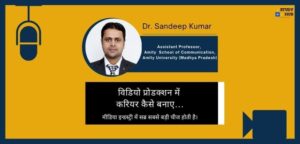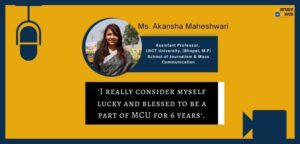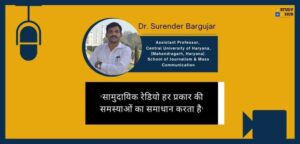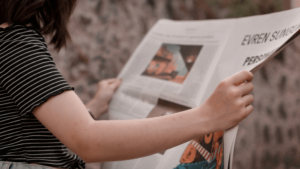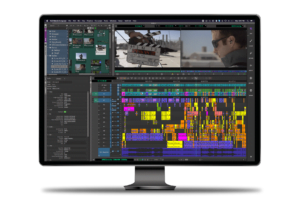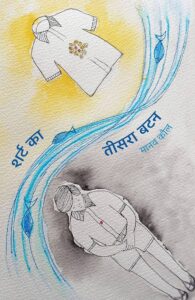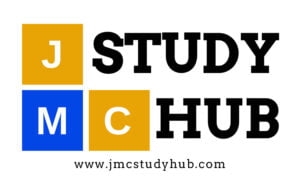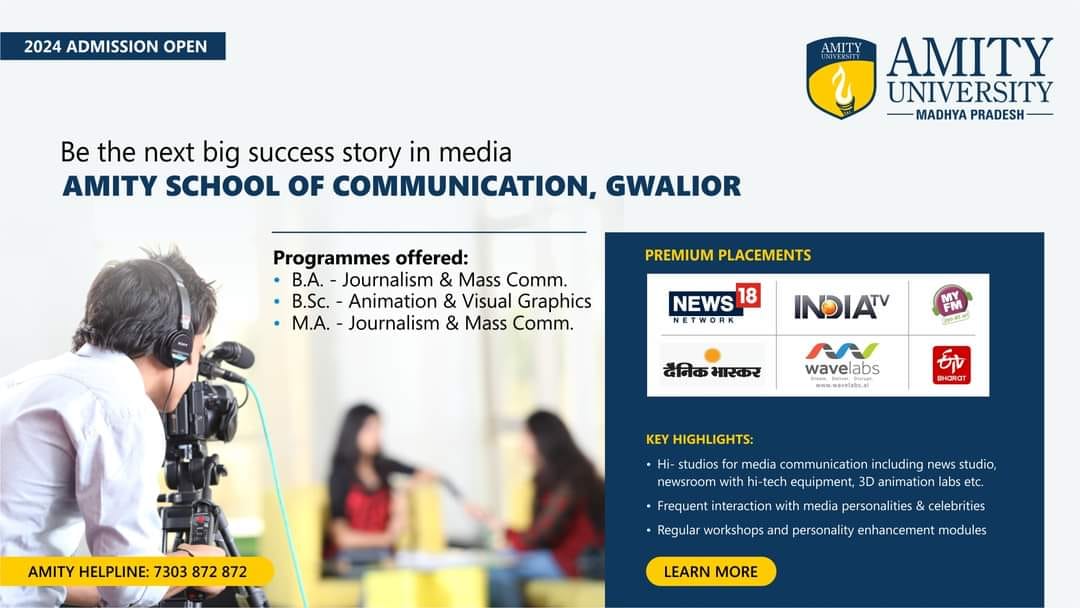1. Masthead
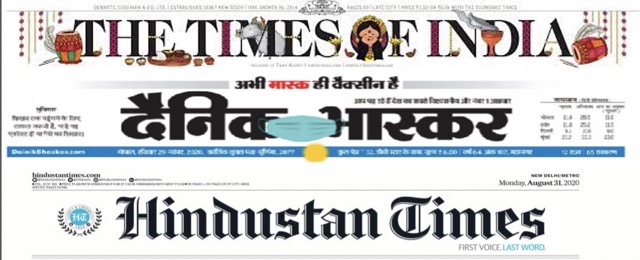
In a newspaper, the masthead is like its official title or logo. It’s the big, fancy name at the very top of the front page, and you’ll see it on other pages too. The masthead shows the name of the newspaper and often has a special design or a picture that’s connected to the newspaper. You might also find a catchy phrase there, like a slogan, to tell you what the paper is all about. The masthead is a bit like the newspaper’s signature; it’s how you recognize it and know what it’s all about.
2. Table of Contents
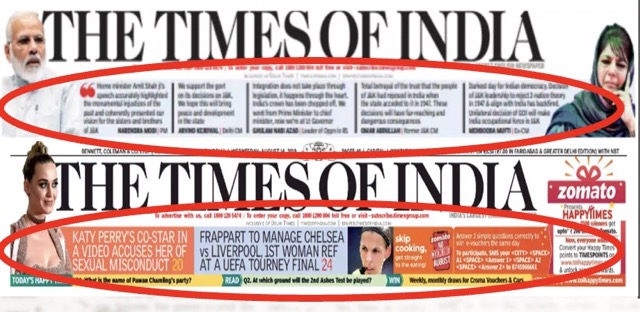
In a newspaper, the “Table of Contents” is a bit like a map. It’s right at the beginning, and it shows you what’s inside the paper and where to find it. So, if you’re looking for sports news or want to know about what’s happening in your town, you can check the table of contents. It helps you quickly figure out which page has the stories or sections you’re interested in. It’s like having a guide that makes it easier to find the stuff you want to read in the newspaper.
3. Body
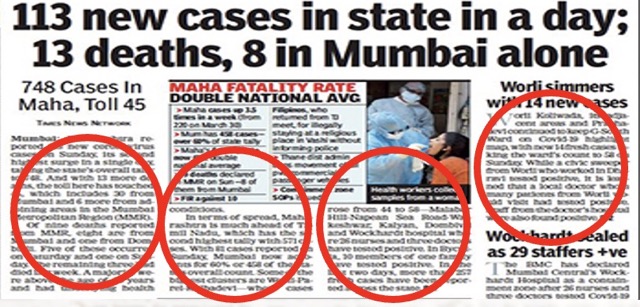
In newspaper, the “Body” is like the heart of the story. When you open a newspaper and start reading a story, the body is where you find all the important details and information. Even in the inverted pyramid style, the body of the article provides more in-depth information, background, and additional context of the story.
4. Kicker

A “kicker” is like the catchy trailer for a story. It’s a short and snappy headline that comes just before the main headline of the article. This little headline gives you a sneak peek of what the story is all about. It’s like an appetizer before the main meal. The kicker is there to grab your attention and make you curious about the story that follows. It’s kind of like the trailer you see for a movie – it hints at what’s coming up and gets you interested in the full story.
5. Decker
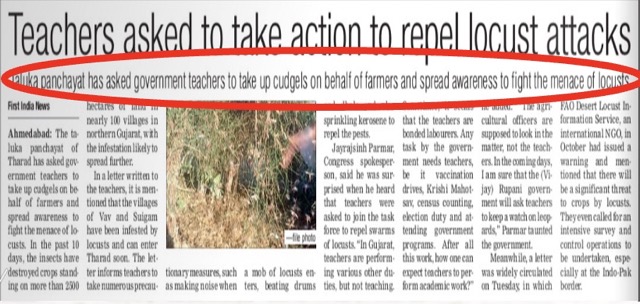
A “decker” is like an extra story that hangs out next to the main one. It’s usually related to the main story in some way. Imagine you’re reading a newspaper, and next to the big headline, you see another smaller story. That smaller story is the decker. It’s there to give you more information or a different angle on the same topic. So, it’s like a bonus story that you get alongside the main one, kind of like getting an extra cookie with your ice cream – it’s more of a good thing that’s related to what you’re already reading.
6. Subhead
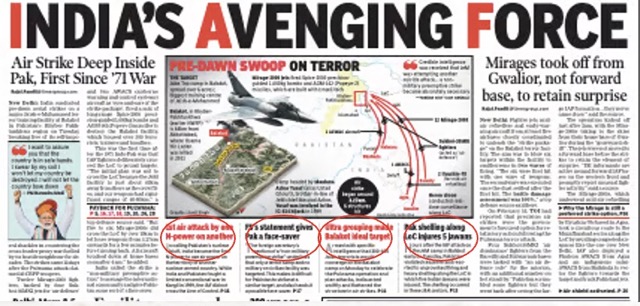
A “subhead” is like a mini headline within an article. It’s smaller than the main headline and breaks the article into smaller sections. Subheads help you figure out what each part of the article is about. So, when you’re reading a long story in the paper, you might notice these smaller headlines that give you a quick idea of what’s coming up next. It’s kind of like a road sign that tells you what to expect on your journey through the article, making it easier to navigate and find the parts you’re most interested in.
7. Byline
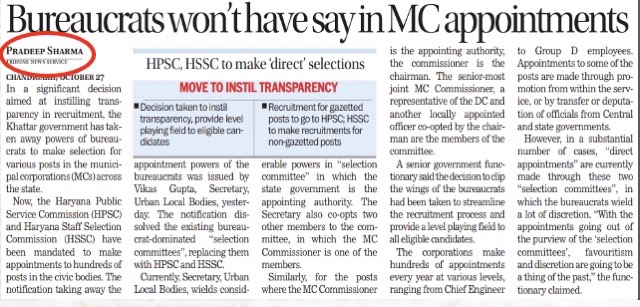
A “byline” is like a name tag for the person who wrote the article. It’s usually found at the beginning or end of the article and tells you the author’s name. So, if you read a story in the newspaper and wonder who wrote it, you can find the answer in the byline. It’s a way to give credit to the writer and let you know who’s responsible for that particular piece of news or information. It’s like when you see a signature on a painting – it tells you who created it.
8. Pull Quotes
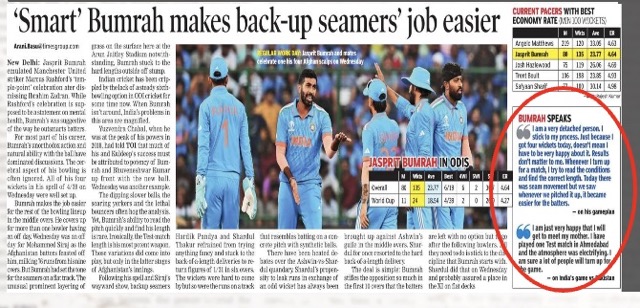
“Pull Quotes” are like the standout sentences or phrases that you sometimes see pulled out of an article and made bigger or bolder. They’re designed to catch your eye and give you a taste of the most important or interesting parts of the story. It’s a bit like when you’re skimming a book, and certain sentences are highlighted to grab your attention. Pull quotes make the key points in the article stand out and can help you quickly understand what the story is about, even if you don’t read the whole thing. They’re like little signposts within the article, pointing to the highlights.
9. Jump Line
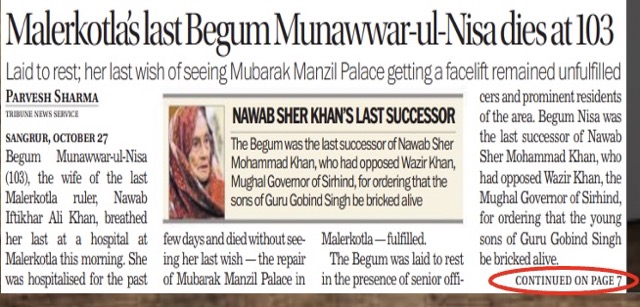
A “jumpline” is like a road sign telling you to keep reading. When an article is too long to fit on one page, you might see a note like “Continued on page X” with a jumpline. It’s there to guide you to the next page where the article continues. So, if you’re reading a really interesting story and suddenly reach the end of the page, don’t worry – just follow the jumpline to the right page to finish the article. It’s like a little arrow pointing you in the right direction so you don’t miss out on the rest of the story.
10. Continuation head
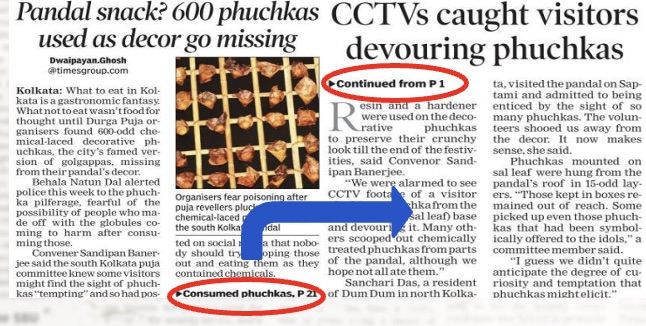
A “continuation head” is like a friendly reminder that a story is carrying on from a previous page. When an article is too long to fit on one page, you might see a “Continuation” or “Continued from page X” header at the top of the new page. It’s there to let you know that the story you were reading continues on this page, so you don’t lose track of what’s happening. It’s like a bookmark for your reading journey, making sure you don’t miss out on any part of the story.
11. Running head
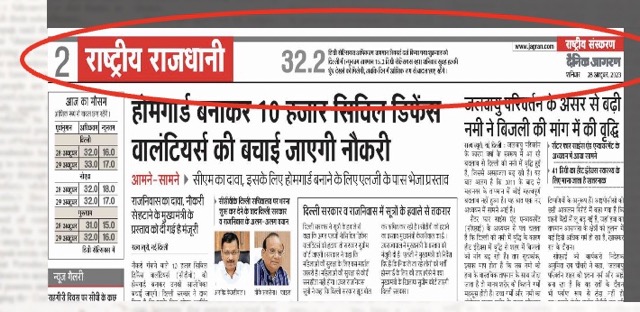
A “running head” is like a name tag for the section or category of the news. It’s a short label usually found at the top of each page, and it tells you what kind of news you’ll find on that page. For example, you might see “Sports” at the top if the page is all about sports stories. It helps you quickly figure out what you’re going to read. Think of it as a little signpost that guides you through the newspaper so you can easily find the stories that interest you.
12. Folio Line

A “folio line” is like a helpful label that shows you the page number and sometimes the section title. It’s usually at the top or bottom of each page, and it tells you where you are in the newspaper. So, if you’re reading a story and want to know what page you’re on or which section you’re in (like “Sports” or “Local News”), just look at the folio line.
13. MUG Shot

“MUG shot” is not what you might think. It has nothing to do with drinks or faces. Instead, it’s a small picture of a person’s face, usually accompanied by their name. You’ll often see mug shots in the newspaper when they’re reporting on someone, like a person who’s been arrested, a new employee, or sometimes even just a regular person featured in a story. It’s like a little ID photo to help you recognize who they’re talking about in the article. So, in the newspaper, a “MUG shot” is a face and name combo to put a person’s identity in front of you.
14. Caption

A “caption” is like the words under a photo that explain what’s happening in the picture. It’s like a little story or description that tells you who or what is in the photo and why it’s important. So, when you look at a picture in a newspaper, the caption is there to give you the scoop about what’s going on. It’s like a tour guide for the image, making sure you understand the who, what, when, and where of the scene in that picture.
15. Credit Line
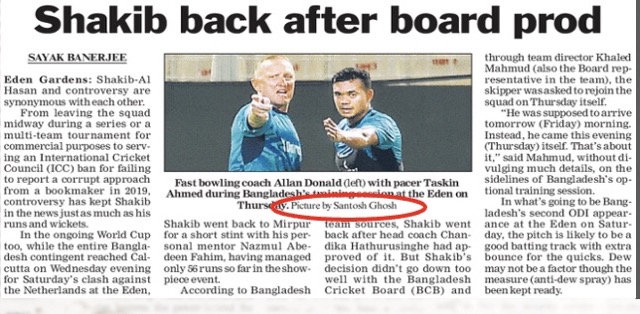
A “credit line” is like giving credit to the photographer or the source of a picture. It’s a small note often found near a photo that tells you who took the picture or where it came from. It’s like saying “thank you” to the person who created or provided the image. So, when you see a beautiful or interesting photo in a newspaper, the credit line tells you who deserves the applause for capturing that moment or providing the picture.
16. Mailing Panel
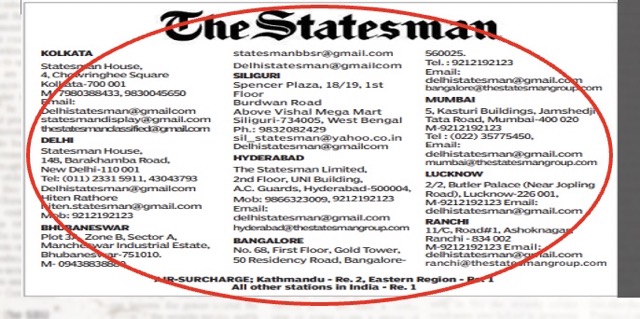
A “mailing panel” is like a special section or area of the newspaper where you might find important information for subscribers or people who want to get the newspaper in the mail. It’s like a dedicated space that includes details on how to subscribe, renew a subscription, or change your address. Sometimes, you might also find offers or promotions related to getting the newspaper delivered to your doorstep.
17. Dateline
A “dateline” is like a little label at the beginning of a news article that tells you where and when the story was reported. It typically appears at the start of an article and provides important context. The dateline includes the name of the place where the events in the story happened (the location) and the date when the reporter gathered the information.
18. Imprint line
“Imprint line” is like the fine print at the end of a newspaper that gives you important details about the publication. It typically includes information about the newspaper’s name, where it’s published, the publisher’s name, and contact information. It’s a bit like the credits at the end of a movie, where you can find out who made the film.
19. Morgue
Morgue is a storage area or archive where newspapers keep their old articles, photographs, and other historical materials. Think of it as a library of the newspaper’s past. The morgue stores all the clippings and files from previous editions, so if you want to look up a news story from years ago, you can find it there.
 In a newspaper, the masthead is like its official title or logo. It’s the big, fancy name at the very top of the front page, and you’ll see it on other pages too. The masthead shows the name of the newspaper and often has a special design or a picture that’s connected to the newspaper. You might also find a catchy phrase there, like a slogan, to tell you what the paper is all about. The masthead is a bit like the newspaper’s signature; it’s how you recognize it and know what it’s all about.
In a newspaper, the masthead is like its official title or logo. It’s the big, fancy name at the very top of the front page, and you’ll see it on other pages too. The masthead shows the name of the newspaper and often has a special design or a picture that’s connected to the newspaper. You might also find a catchy phrase there, like a slogan, to tell you what the paper is all about. The masthead is a bit like the newspaper’s signature; it’s how you recognize it and know what it’s all about.
 In a newspaper, the “Table of Contents” is a bit like a map. It’s right at the beginning, and it shows you what’s inside the paper and where to find it. So, if you’re looking for sports news or want to know about what’s happening in your town, you can check the table of contents. It helps you quickly figure out which page has the stories or sections you’re interested in. It’s like having a guide that makes it easier to find the stuff you want to read in the newspaper.
In a newspaper, the “Table of Contents” is a bit like a map. It’s right at the beginning, and it shows you what’s inside the paper and where to find it. So, if you’re looking for sports news or want to know about what’s happening in your town, you can check the table of contents. It helps you quickly figure out which page has the stories or sections you’re interested in. It’s like having a guide that makes it easier to find the stuff you want to read in the newspaper.
 In newspaper, the “Body” is like the heart of the story. When you open a newspaper and start reading a story, the body is where you find all the important details and information. Even in the inverted pyramid style, the body of the article provides more in-depth information, background, and additional context of the story.
In newspaper, the “Body” is like the heart of the story. When you open a newspaper and start reading a story, the body is where you find all the important details and information. Even in the inverted pyramid style, the body of the article provides more in-depth information, background, and additional context of the story.
 A “kicker” is like the catchy trailer for a story. It’s a short and snappy headline that comes just before the main headline of the article. This little headline gives you a sneak peek of what the story is all about. It’s like an appetizer before the main meal. The kicker is there to grab your attention and make you curious about the story that follows. It’s kind of like the trailer you see for a movie – it hints at what’s coming up and gets you interested in the full story.
A “kicker” is like the catchy trailer for a story. It’s a short and snappy headline that comes just before the main headline of the article. This little headline gives you a sneak peek of what the story is all about. It’s like an appetizer before the main meal. The kicker is there to grab your attention and make you curious about the story that follows. It’s kind of like the trailer you see for a movie – it hints at what’s coming up and gets you interested in the full story.
 A “decker” is like an extra story that hangs out next to the main one. It’s usually related to the main story in some way. Imagine you’re reading a newspaper, and next to the big headline, you see another smaller story. That smaller story is the decker. It’s there to give you more information or a different angle on the same topic. So, it’s like a bonus story that you get alongside the main one, kind of like getting an extra cookie with your ice cream – it’s more of a good thing that’s related to what you’re already reading.
A “decker” is like an extra story that hangs out next to the main one. It’s usually related to the main story in some way. Imagine you’re reading a newspaper, and next to the big headline, you see another smaller story. That smaller story is the decker. It’s there to give you more information or a different angle on the same topic. So, it’s like a bonus story that you get alongside the main one, kind of like getting an extra cookie with your ice cream – it’s more of a good thing that’s related to what you’re already reading.
 A “subhead” is like a mini headline within an article. It’s smaller than the main headline and breaks the article into smaller sections. Subheads help you figure out what each part of the article is about. So, when you’re reading a long story in the paper, you might notice these smaller headlines that give you a quick idea of what’s coming up next. It’s kind of like a road sign that tells you what to expect on your journey through the article, making it easier to navigate and find the parts you’re most interested in.
A “subhead” is like a mini headline within an article. It’s smaller than the main headline and breaks the article into smaller sections. Subheads help you figure out what each part of the article is about. So, when you’re reading a long story in the paper, you might notice these smaller headlines that give you a quick idea of what’s coming up next. It’s kind of like a road sign that tells you what to expect on your journey through the article, making it easier to navigate and find the parts you’re most interested in.
 A “byline” is like a name tag for the person who wrote the article. It’s usually found at the beginning or end of the article and tells you the author’s name. So, if you read a story in the newspaper and wonder who wrote it, you can find the answer in the byline. It’s a way to give credit to the writer and let you know who’s responsible for that particular piece of news or information. It’s like when you see a signature on a painting – it tells you who created it.
A “byline” is like a name tag for the person who wrote the article. It’s usually found at the beginning or end of the article and tells you the author’s name. So, if you read a story in the newspaper and wonder who wrote it, you can find the answer in the byline. It’s a way to give credit to the writer and let you know who’s responsible for that particular piece of news or information. It’s like when you see a signature on a painting – it tells you who created it.
 “Pull Quotes” are like the standout sentences or phrases that you sometimes see pulled out of an article and made bigger or bolder. They’re designed to catch your eye and give you a taste of the most important or interesting parts of the story. It’s a bit like when you’re skimming a book, and certain sentences are highlighted to grab your attention. Pull quotes make the key points in the article stand out and can help you quickly understand what the story is about, even if you don’t read the whole thing. They’re like little signposts within the article, pointing to the highlights.
“Pull Quotes” are like the standout sentences or phrases that you sometimes see pulled out of an article and made bigger or bolder. They’re designed to catch your eye and give you a taste of the most important or interesting parts of the story. It’s a bit like when you’re skimming a book, and certain sentences are highlighted to grab your attention. Pull quotes make the key points in the article stand out and can help you quickly understand what the story is about, even if you don’t read the whole thing. They’re like little signposts within the article, pointing to the highlights.
 A “jumpline” is like a road sign telling you to keep reading. When an article is too long to fit on one page, you might see a note like “Continued on page X” with a jumpline. It’s there to guide you to the next page where the article continues. So, if you’re reading a really interesting story and suddenly reach the end of the page, don’t worry – just follow the jumpline to the right page to finish the article. It’s like a little arrow pointing you in the right direction so you don’t miss out on the rest of the story.
A “jumpline” is like a road sign telling you to keep reading. When an article is too long to fit on one page, you might see a note like “Continued on page X” with a jumpline. It’s there to guide you to the next page where the article continues. So, if you’re reading a really interesting story and suddenly reach the end of the page, don’t worry – just follow the jumpline to the right page to finish the article. It’s like a little arrow pointing you in the right direction so you don’t miss out on the rest of the story.
 A “continuation head” is like a friendly reminder that a story is carrying on from a previous page. When an article is too long to fit on one page, you might see a “Continuation” or “Continued from page X” header at the top of the new page. It’s there to let you know that the story you were reading continues on this page, so you don’t lose track of what’s happening. It’s like a bookmark for your reading journey, making sure you don’t miss out on any part of the story.
A “continuation head” is like a friendly reminder that a story is carrying on from a previous page. When an article is too long to fit on one page, you might see a “Continuation” or “Continued from page X” header at the top of the new page. It’s there to let you know that the story you were reading continues on this page, so you don’t lose track of what’s happening. It’s like a bookmark for your reading journey, making sure you don’t miss out on any part of the story.
 A “running head” is like a name tag for the section or category of the news. It’s a short label usually found at the top of each page, and it tells you what kind of news you’ll find on that page. For example, you might see “Sports” at the top if the page is all about sports stories. It helps you quickly figure out what you’re going to read. Think of it as a little signpost that guides you through the newspaper so you can easily find the stories that interest you.
A “running head” is like a name tag for the section or category of the news. It’s a short label usually found at the top of each page, and it tells you what kind of news you’ll find on that page. For example, you might see “Sports” at the top if the page is all about sports stories. It helps you quickly figure out what you’re going to read. Think of it as a little signpost that guides you through the newspaper so you can easily find the stories that interest you.
 A “folio line” is like a helpful label that shows you the page number and sometimes the section title. It’s usually at the top or bottom of each page, and it tells you where you are in the newspaper. So, if you’re reading a story and want to know what page you’re on or which section you’re in (like “Sports” or “Local News”), just look at the folio line.
A “folio line” is like a helpful label that shows you the page number and sometimes the section title. It’s usually at the top or bottom of each page, and it tells you where you are in the newspaper. So, if you’re reading a story and want to know what page you’re on or which section you’re in (like “Sports” or “Local News”), just look at the folio line.
 “MUG shot” is not what you might think. It has nothing to do with drinks or faces. Instead, it’s a small picture of a person’s face, usually accompanied by their name. You’ll often see mug shots in the newspaper when they’re reporting on someone, like a person who’s been arrested, a new employee, or sometimes even just a regular person featured in a story. It’s like a little ID photo to help you recognize who they’re talking about in the article. So, in the newspaper, a “MUG shot” is a face and name combo to put a person’s identity in front of you.
“MUG shot” is not what you might think. It has nothing to do with drinks or faces. Instead, it’s a small picture of a person’s face, usually accompanied by their name. You’ll often see mug shots in the newspaper when they’re reporting on someone, like a person who’s been arrested, a new employee, or sometimes even just a regular person featured in a story. It’s like a little ID photo to help you recognize who they’re talking about in the article. So, in the newspaper, a “MUG shot” is a face and name combo to put a person’s identity in front of you.
 A “caption” is like the words under a photo that explain what’s happening in the picture. It’s like a little story or description that tells you who or what is in the photo and why it’s important. So, when you look at a picture in a newspaper, the caption is there to give you the scoop about what’s going on. It’s like a tour guide for the image, making sure you understand the who, what, when, and where of the scene in that picture.
A “caption” is like the words under a photo that explain what’s happening in the picture. It’s like a little story or description that tells you who or what is in the photo and why it’s important. So, when you look at a picture in a newspaper, the caption is there to give you the scoop about what’s going on. It’s like a tour guide for the image, making sure you understand the who, what, when, and where of the scene in that picture.
 A “credit line” is like giving credit to the photographer or the source of a picture. It’s a small note often found near a photo that tells you who took the picture or where it came from. It’s like saying “thank you” to the person who created or provided the image. So, when you see a beautiful or interesting photo in a newspaper, the credit line tells you who deserves the applause for capturing that moment or providing the picture.
A “credit line” is like giving credit to the photographer or the source of a picture. It’s a small note often found near a photo that tells you who took the picture or where it came from. It’s like saying “thank you” to the person who created or provided the image. So, when you see a beautiful or interesting photo in a newspaper, the credit line tells you who deserves the applause for capturing that moment or providing the picture.
 A “mailing panel” is like a special section or area of the newspaper where you might find important information for subscribers or people who want to get the newspaper in the mail. It’s like a dedicated space that includes details on how to subscribe, renew a subscription, or change your address. Sometimes, you might also find offers or promotions related to getting the newspaper delivered to your doorstep.
17. Dateline
A “dateline” is like a little label at the beginning of a news article that tells you where and when the story was reported. It typically appears at the start of an article and provides important context. The dateline includes the name of the place where the events in the story happened (the location) and the date when the reporter gathered the information.
18. Imprint line
“Imprint line” is like the fine print at the end of a newspaper that gives you important details about the publication. It typically includes information about the newspaper’s name, where it’s published, the publisher’s name, and contact information. It’s a bit like the credits at the end of a movie, where you can find out who made the film.
19. Morgue
Morgue is a storage area or archive where newspapers keep their old articles, photographs, and other historical materials. Think of it as a library of the newspaper’s past. The morgue stores all the clippings and files from previous editions, so if you want to look up a news story from years ago, you can find it there.
A “mailing panel” is like a special section or area of the newspaper where you might find important information for subscribers or people who want to get the newspaper in the mail. It’s like a dedicated space that includes details on how to subscribe, renew a subscription, or change your address. Sometimes, you might also find offers or promotions related to getting the newspaper delivered to your doorstep.
17. Dateline
A “dateline” is like a little label at the beginning of a news article that tells you where and when the story was reported. It typically appears at the start of an article and provides important context. The dateline includes the name of the place where the events in the story happened (the location) and the date when the reporter gathered the information.
18. Imprint line
“Imprint line” is like the fine print at the end of a newspaper that gives you important details about the publication. It typically includes information about the newspaper’s name, where it’s published, the publisher’s name, and contact information. It’s a bit like the credits at the end of a movie, where you can find out who made the film.
19. Morgue
Morgue is a storage area or archive where newspapers keep their old articles, photographs, and other historical materials. Think of it as a library of the newspaper’s past. The morgue stores all the clippings and files from previous editions, so if you want to look up a news story from years ago, you can find it there.




